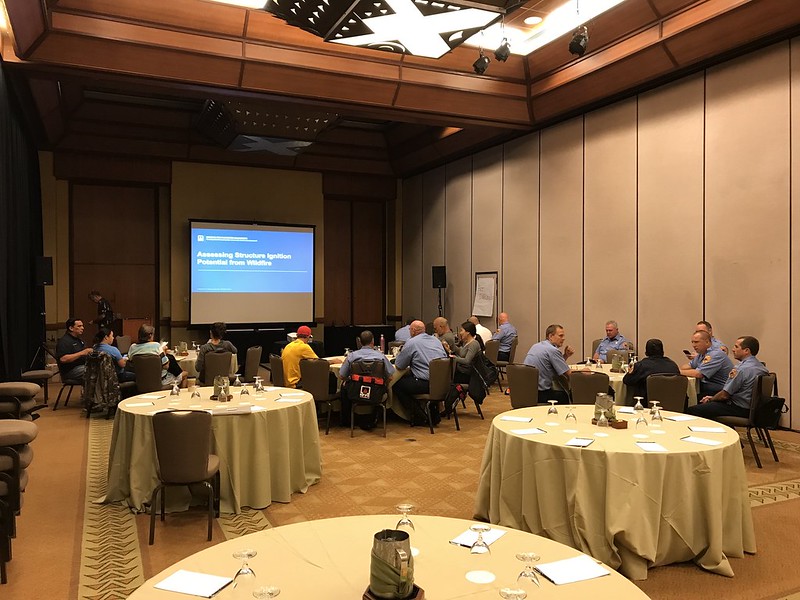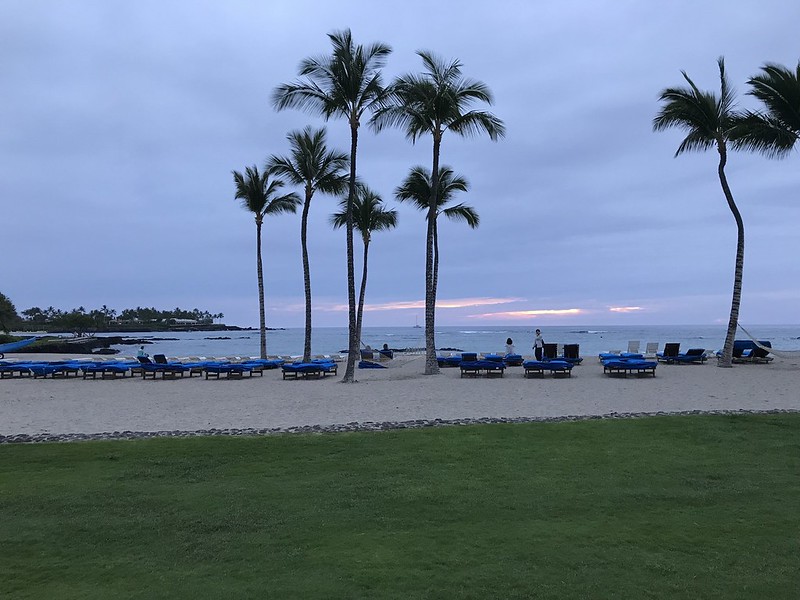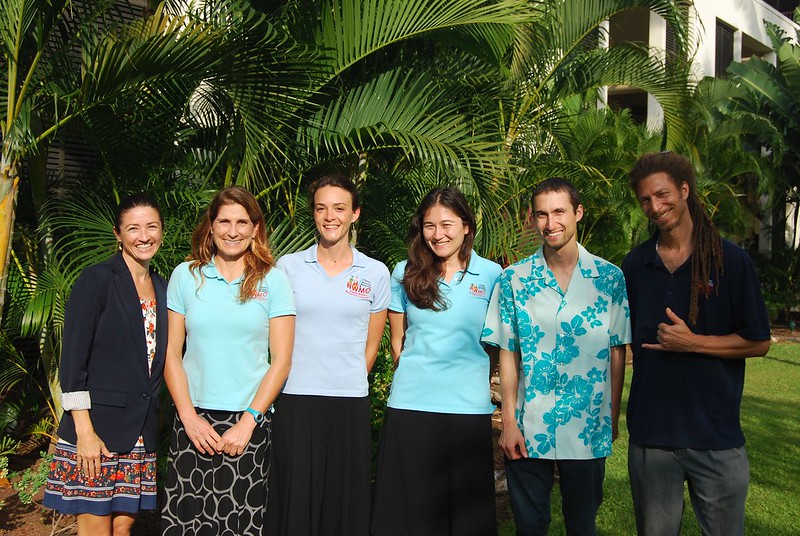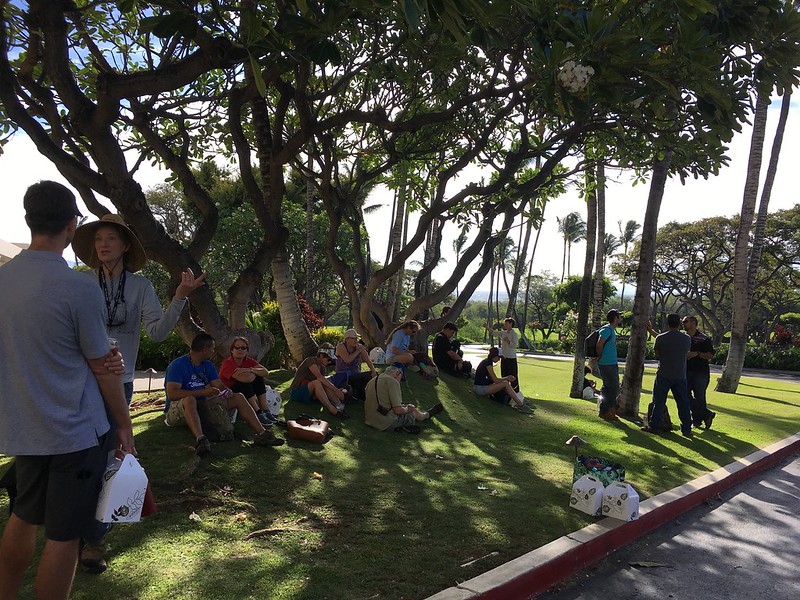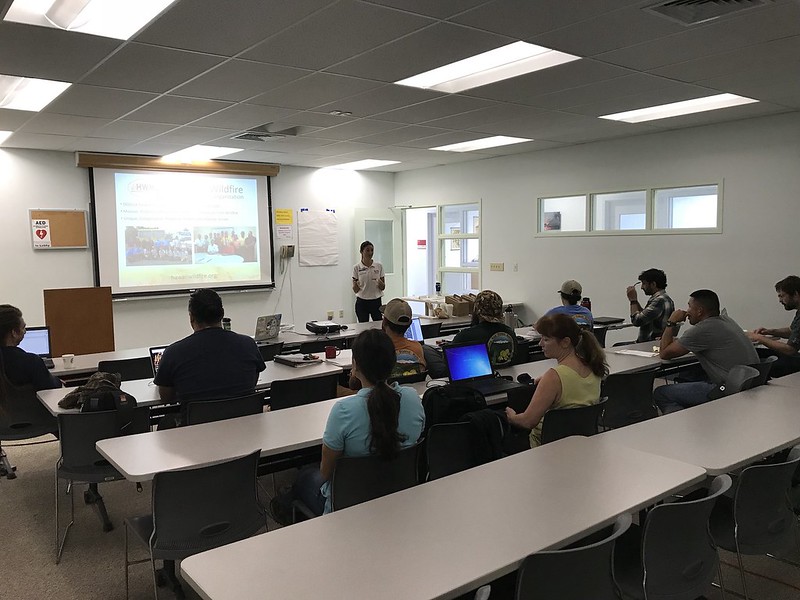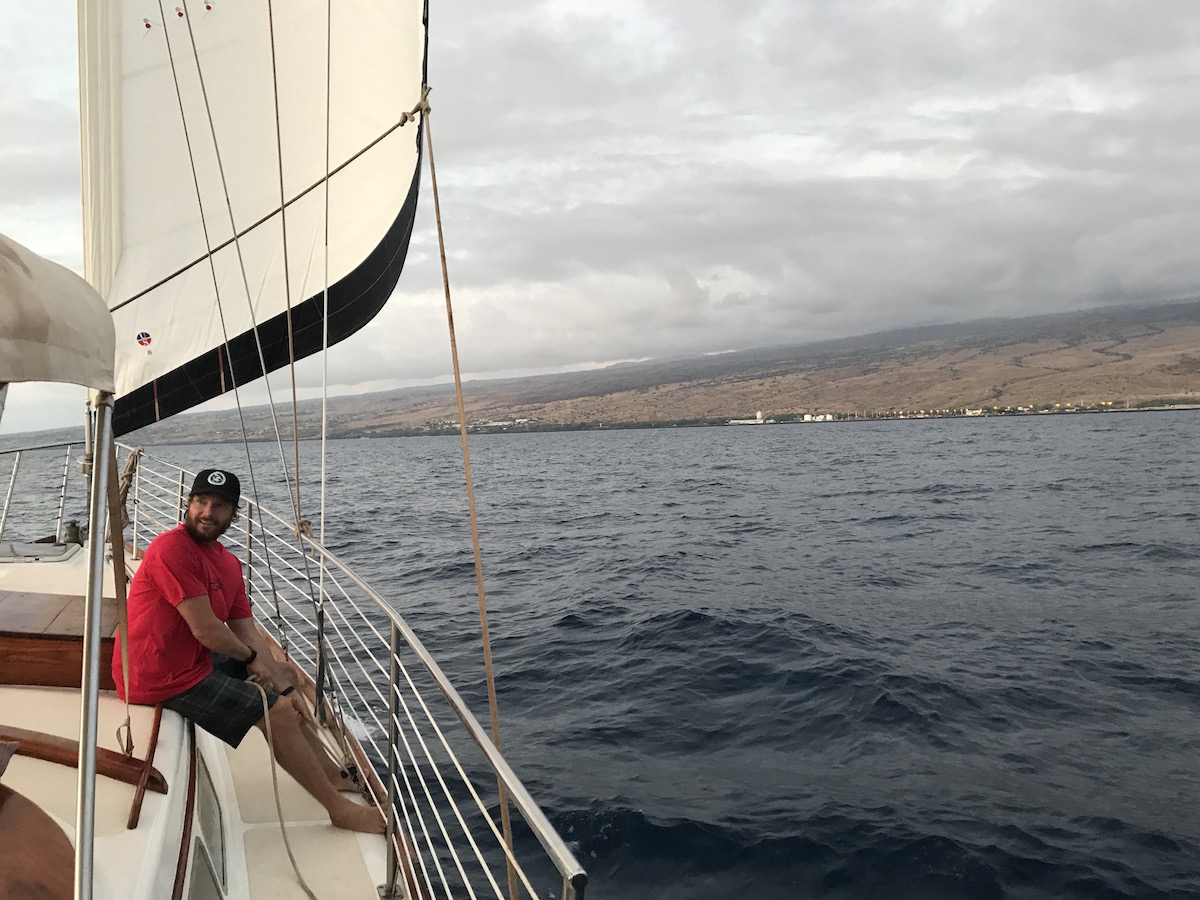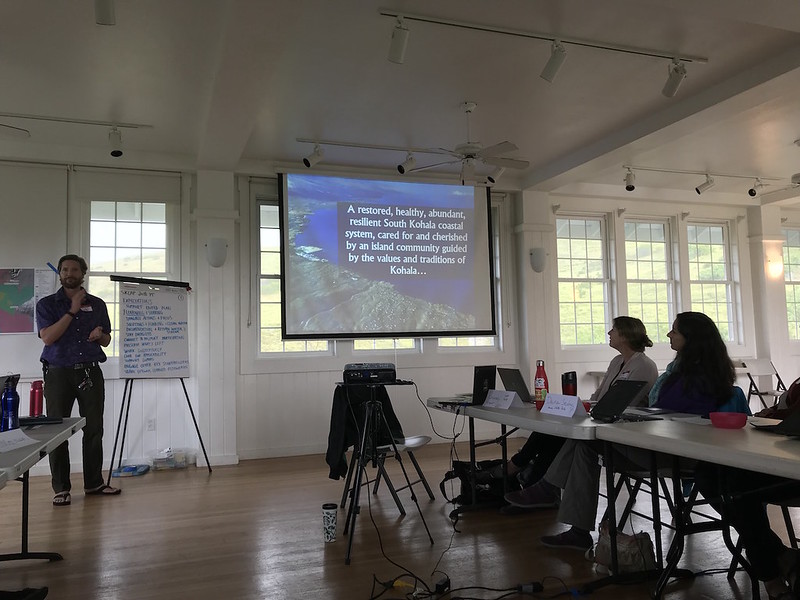FAC Net Annual Workshop participants representing areas across the U.S. Credit: FAC Net
What a week we had in Ashland, Oregon (April 22 to 25) thanks to the amazing staff from Fire Adapted Communities Learning Network, a wildfire resiliency learning network. HWMO is now officially a Core Member of FAC Net on behalf of our amazing partners across Hawaii and the Western Pacific. FAC Net members from Ashland welcomed us with open arms as they hosted this year’s annual workshop and showcased the inspiring multi-partner work they were doing to protect community and natural areas.
We hiked, we ate, we shared, we listened, we got out of our comfort zones, all of this together with a group of inspiring people from across the U.S. doing the important work to create a more wildfire-resilient future. We were sad to leave our new and old friends but very energized to come back to Hawaii and continue the critical work HWMO is doing to make Hawaii safer from wildfires
On a captivating and education field tour of Lithia Park where a combination of methods to reduce wildfire hazards including prescribed fire are being used to restore the watershed.
Hearing stories about residents teaming up with the Ashland Fire Department and local contractors to create a Firewise Community.
Just like in Hawaii, there are Firewise Communities all over Ashland. Here’s our Executive Director, Elizabeth Pickett, pointing one out.
We were treated to some amazing food throughout the week — and most importantly, ate meals with awesome people!
































A reflection poem from Pablo, HWMO’s Community Outreach Coordinator:
It was a truly inspiring and motivating week in Ashland,
hearing from locals and their sobering stories about
the realities of a vastly changing climate,
of summers that so smoky kids stay indoors for weeks on end,
of people packing their bags and leaving
because their lungs cannot inhale particulate pollution.
I was able to join a community of connectors from across the U.S.,
of people in the wildland fire field who are taking measures
in their areas to scrap status quo and think outside of the box,
to topple silos and bridge groups who've never sat at tables together.
The immense wildfire situation we face requires everyone
and requires solutions both new and revived,
where traditional knowledge centuries in the making intertwines
with the creative capacity we all have to adapt and innovate.
It takes us all to create fire-adapted communities.







